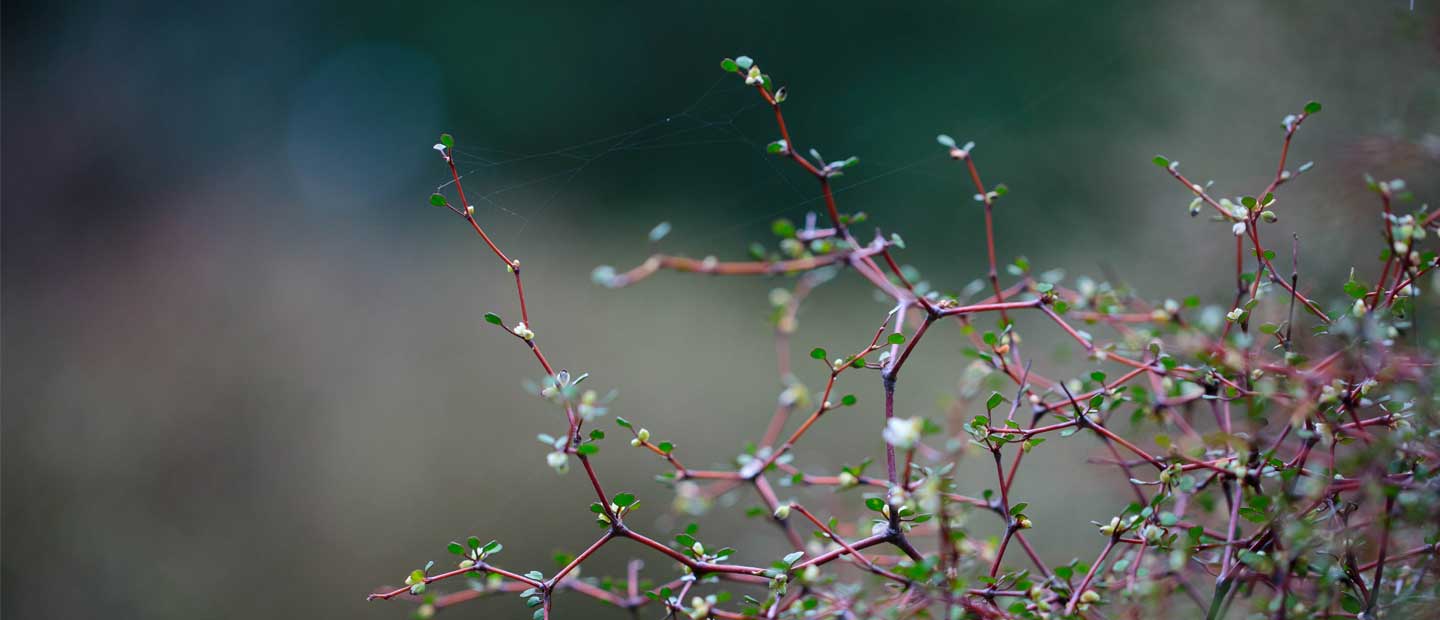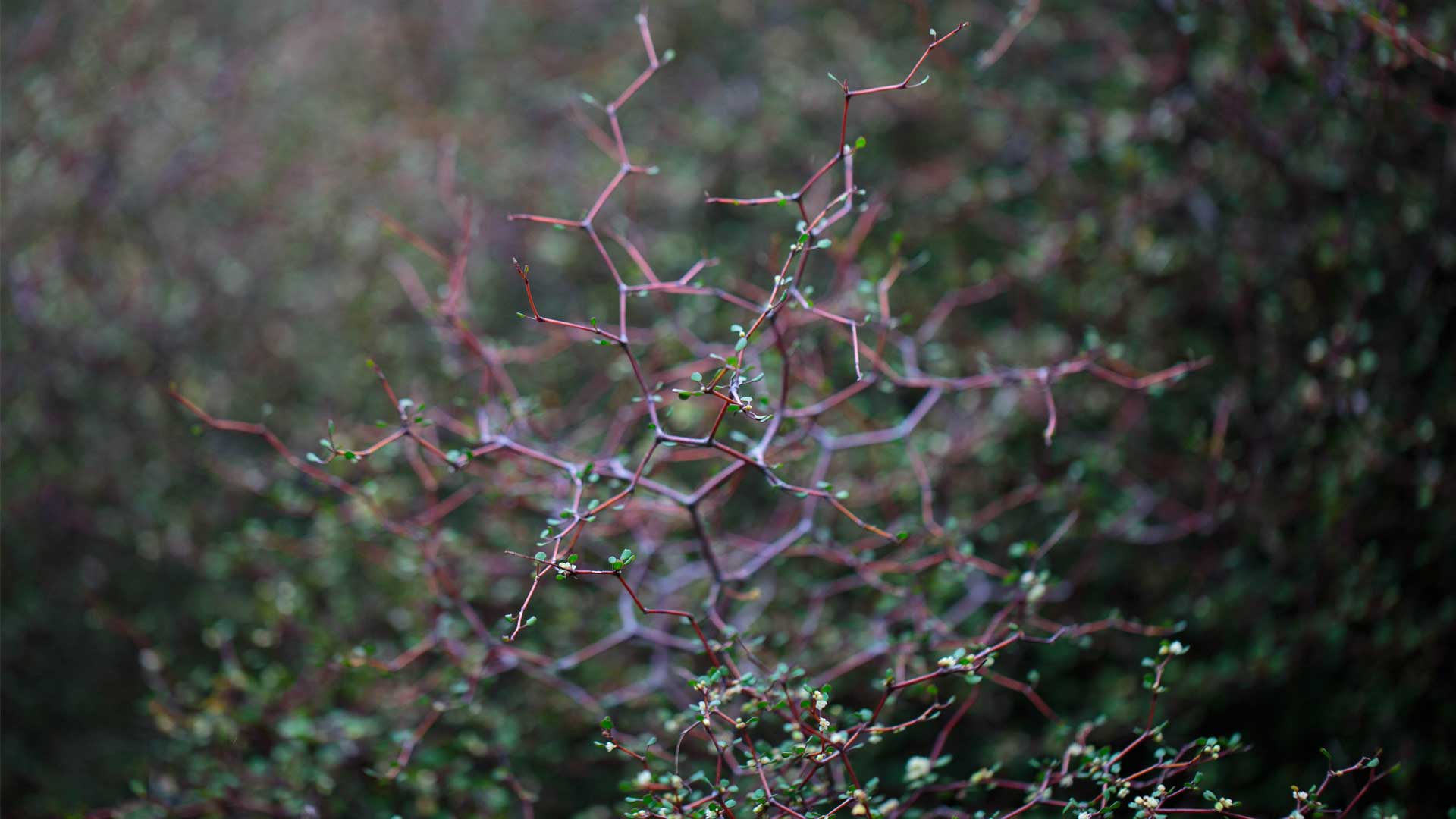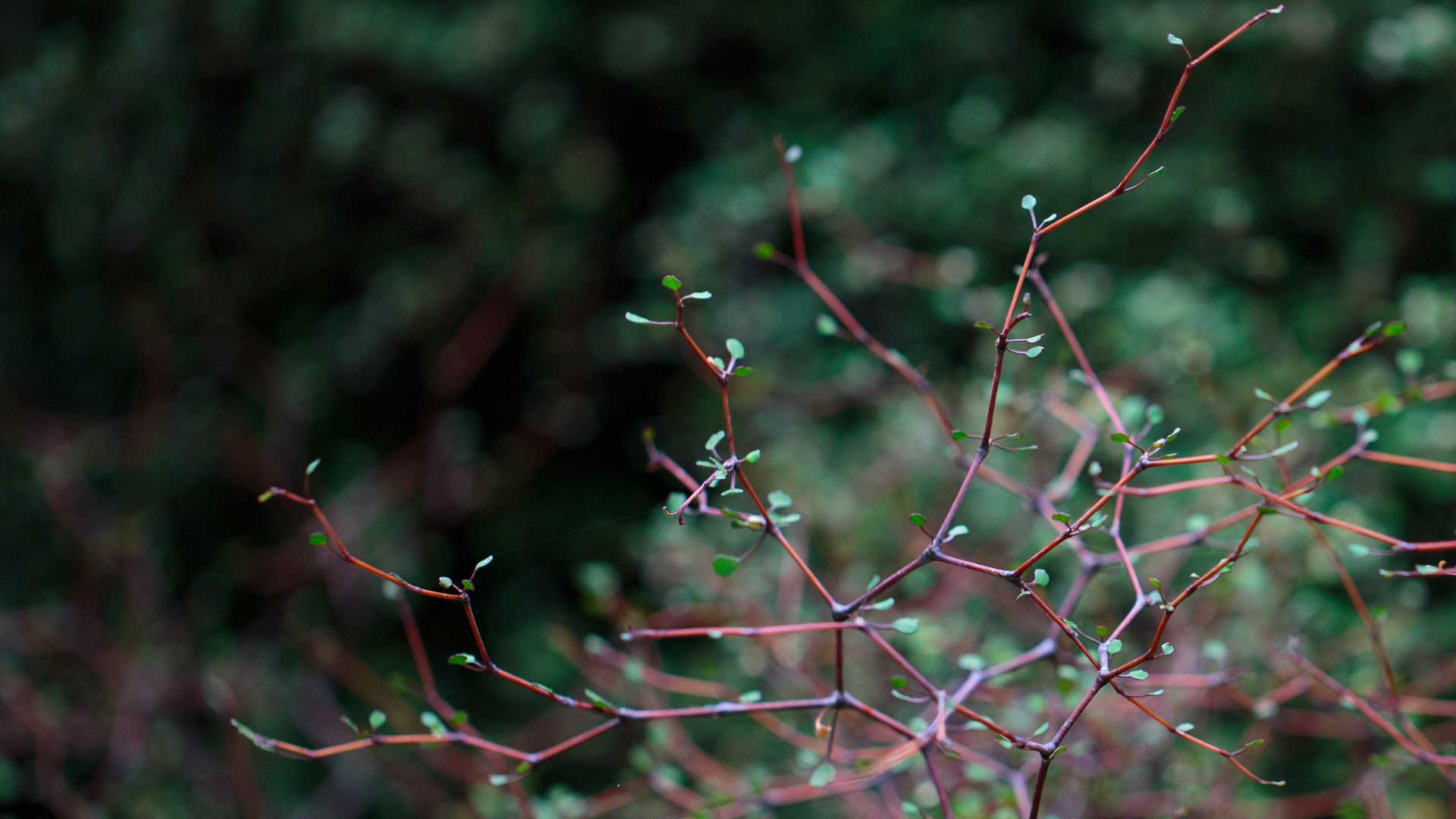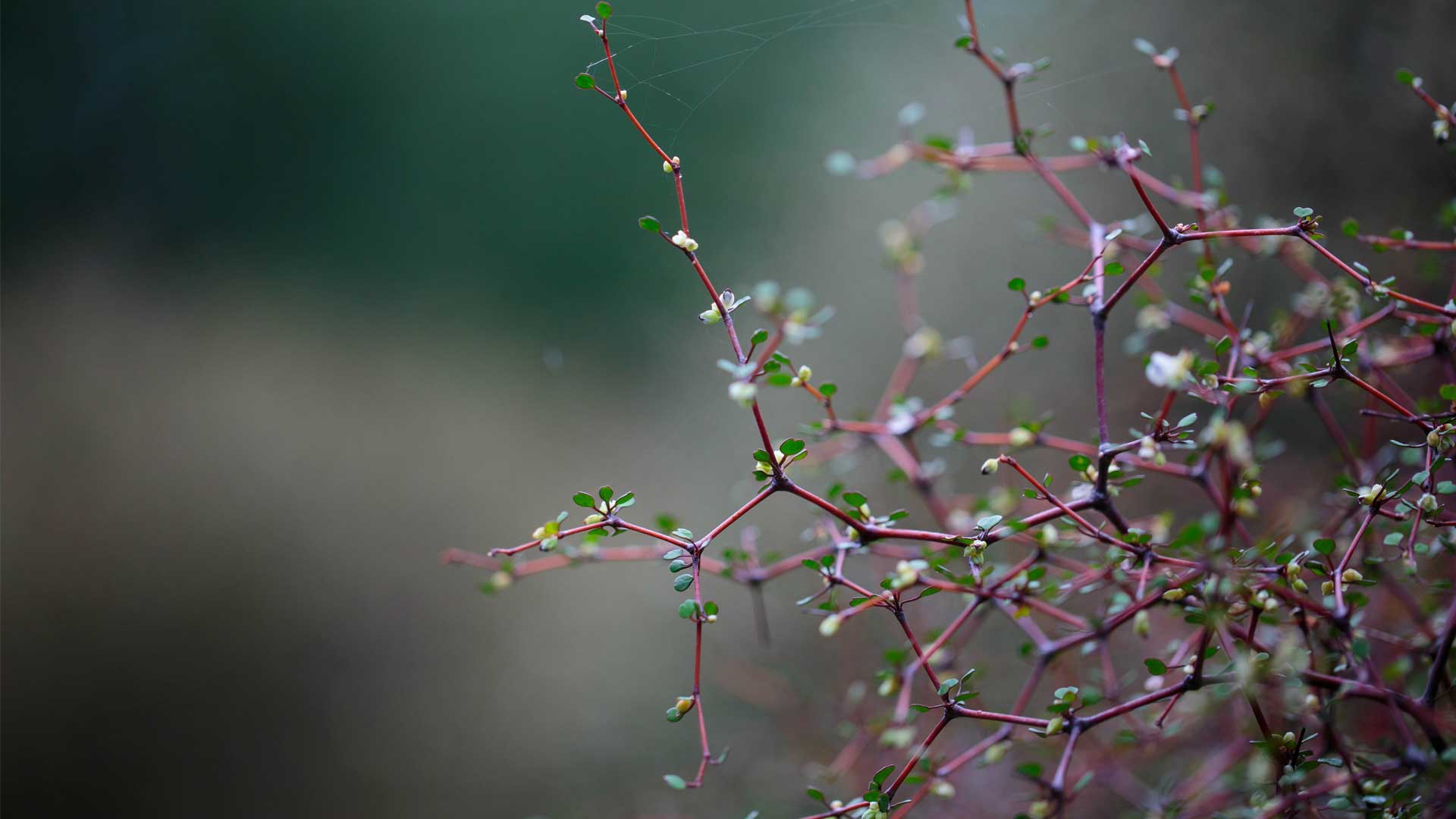Introducing the first blog in our series dedicated to Auckland Zoo’s flora where, together with our horticulture experts, a hero plant will be chosen from the diverse collection displayed in our zoo grounds to discuss each month.
An important part of what makes our zoo so special, and something our overseas visitors never fail to comment on, are our beautiful and well-kept grounds. The lush green gardens we are lucky to have here are the work of our dedicated horticultural team who brave the elements each day to give our gardens the care and attention they need.
It is important to champion our flora as much as our fauna as both are equally important for an ecosystem to function as it should - and one cannot survive without the other! As an organisation that is proud to put the environment first in so many ways, from our Zoo Doo compost, phasing out single-use plastic bags in 2012 and our recent CarbonZero certification, we hope to highlight how unique and interesting nature can be.







